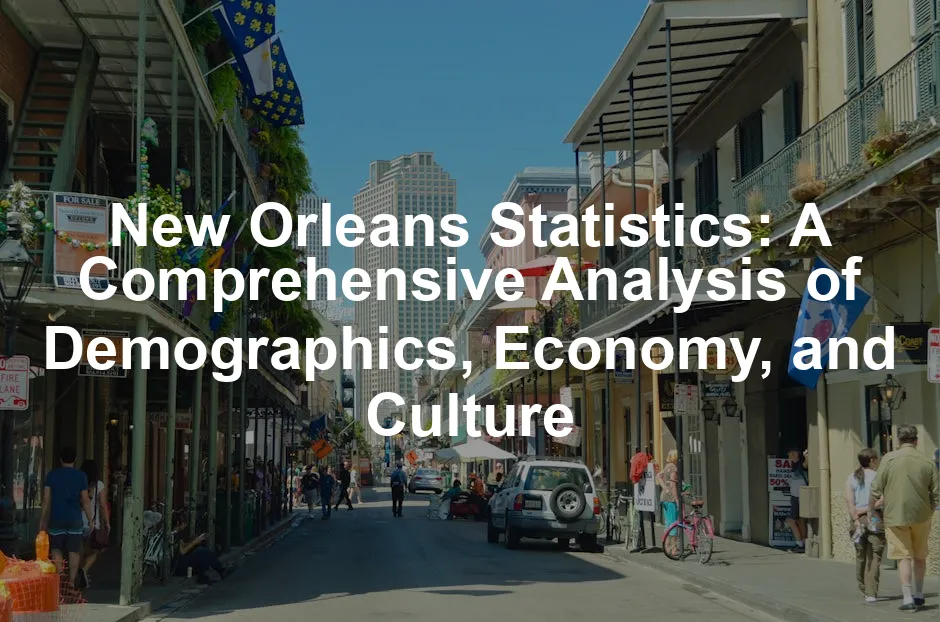Introduction
Ah, New Orleans! The Big Easy, where the rhythm of jazz dances through the streets and every corner tells a story. This vibrant city is not just a feast for the senses, but also a hub of significant statistical data that reveals its unique demographics, economy, and rich culture. Understanding these statistics is crucial for grasping the essence of this remarkable city, from its historical roots to its contemporary challenges.
As we journey through this analysis, we’ll focus on recent statistics and trends that shape New Orleans today. You can expect insights into the city’s population dynamics, economic indicators, and cultural influences. From the ups and downs shown in census data to the vibrant tapestry woven from various cultural threads, these numbers bring New Orleans to life. So, grab your beads and let’s dive into a statistical celebration of this enchanting city!
Speaking of beads, don’t forget to grab some Mardi Gras beads to really get into the spirit of the festivities!
1. Overview of New Orleans
New Orleans has a storied past, founded in 1718 by French colonists who envisioned a bustling port city. Nestled along the mighty Mississippi River, it quickly became a key trade center. The Louisiana Purchase in 1803 marked a significant shift, as the United States acquired this territory, paving the way for rapid urban growth.
The city’s cultural significance is unparalleled. It’s a melting pot of French, Spanish, African, and Native American influences. These diverse roots manifest in its music, cuisine, and festivals, making New Orleans a cultural icon. The annual Mardi Gras celebration, with its parades and vibrant costumes, draws millions of visitors and showcases the city’s festive spirit.
Geographically, New Orleans is a unique blend of land and water. With its rich wetlands, the city is susceptible to flooding, a reality that has shaped much of its history. Despite natural disasters, like Hurricane Katrina in 2005, the resilience of its residents shines through, as they have rebuilt and revitalized their home.
If you want to bring a piece of New Orleans into your home, check out this New Orleans-themed coffee mug. It’s perfect for sipping your morning brew while dreaming of jazz and jambalaya!
The city is divided into distinct neighborhoods, each with its own character. From the historic French Quarter to the artsy Bywater, every area offers a glimpse into the diverse lives of New Orleanians. With a population that ebbs and flows, New Orleans remains a city of contrasts, where the old meets the new in the most delightful ways.
As we continue this journey through New Orleans statistics, keep your eyes peeled for fascinating insights that reveal the heart and soul of this extraordinary city. Whether you’re a local or a visitor, understanding these numbers helps you appreciate the complexities and charm of New Orleans.
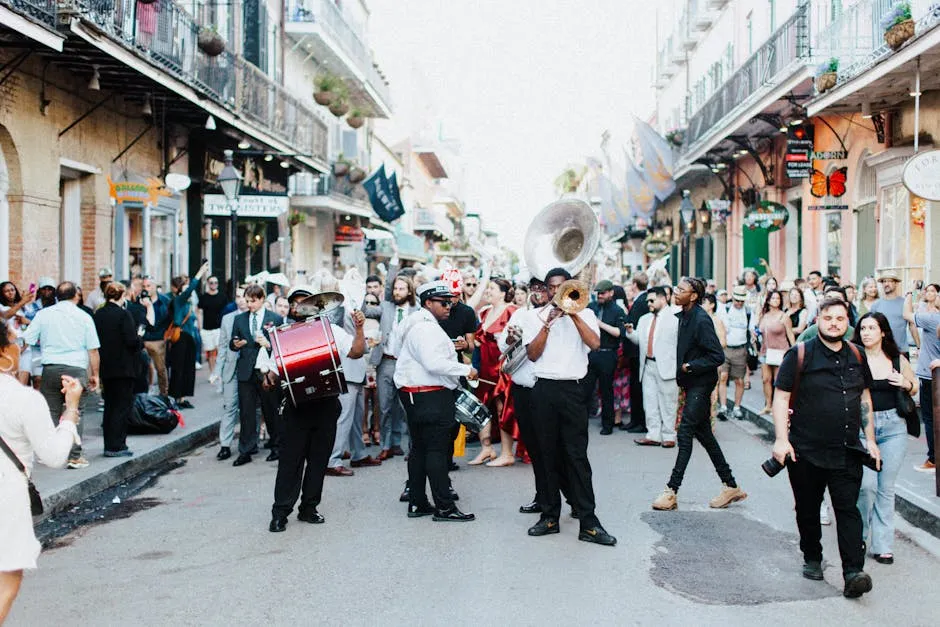
2. Demographic Statistics
2.1 Population Overview
New Orleans is a city with a rich history and a dynamic population. According to the 2020 Census, the population stood at 383,997. However, recent estimates suggest a decline to approximately 364,136 by mid-2023. This fluctuation raises eyebrows and questions about the city’s demographic trends.
Historically, New Orleans has experienced various population shifts. In the early 20th century, the city was bustling, with numbers peaking in the mid-20th century. From 1950 to 2000, it witnessed a decline, dropping from 685,405 in 1950 to 484,692 in 2000. This trend continued post-Hurricane Katrina in 2005, when the population plummeted to 343,828 by 2010. Recovery has been slow but steady, with the population rebounding somewhat in recent years.
When comparing New Orleans to its metropolitan area, the differences are striking. The New Orleans-Metairie area boasted a population of 1,271,845 in 2020, indicating that many residents live just outside the city limits. This trend of suburbanization reflects a common phenomenon in many urban areas, where the allure of city living is often balanced by the desire for more space and quieter surroundings in the suburbs.
In summary, New Orleans’ population is like a rollercoaster ride—full of peaks and valleys. Understanding these trends is vital for grasping the city’s identity and future trajectory.

2.2 Racial and Ethnic Composition
The racial and ethnic makeup of New Orleans is as colorful as its famous Mardi Gras parades. As of 2023, the city’s demographics reveal that 56% of the population identifies as Black, 31% as White, and 13% as Hispanic. This rich tapestry of cultures has shaped the city’s character, contributing to its vibrant music, food, and festivals.
Over the last two decades, the racial composition has shifted. The Black population has seen a decrease, down from 67% in 2000. Conversely, the Hispanic community has grown significantly, rising from 3% to 13%. This increase reflects broader immigration trends and the appeal of New Orleans to newcomers seeking opportunity and a taste of its unique culture.
These shifts in demographics are not just numbers; they have implications for community dynamics, education, and local politics. The blending of cultures adds to the city’s allure but also presents challenges in ensuring equitable representation and resources for all residents.
2.3 Age Distribution
New Orleans is home to a diverse age group, creating a vibrant community of young and old alike. As of 2023, the median age in the city has risen to 40, up from 34.8 in 2000. This aging trend indicates a maturing population, which can influence everything from housing needs to healthcare services.
The age distribution is telling. Only 22% of households include children, a decline from 33% two decades ago. Meanwhile, the number of residents aged 65 and older is on the rise, reflecting national trends of increasing life expectancy.
Children under 18 years have decreased significantly, falling from 303,054 in 2000 to just 206,918 in 2023. This shift can be attributed to various factors, including economic conditions and changing family structures.
In essence, the age distribution in New Orleans paints a picture of a city evolving. As younger generations seek opportunities elsewhere, the city must adapt to meet the needs of its aging population while fostering a welcoming environment for newcomers.

3. Economic Indicators
3.1 Employment and Income Statistics
New Orleans is a city rich in culture and history. But how does that translate to economic indicators? Let’s break down some key employment and income statistics that reveal the financial landscape of this vibrant city.
First up, the unemployment rate. As of 2023, New Orleans boasts an unemployment rate of around 4.2%. This is relatively low compared to national averages, showing a resilient job market. However, the journey to this point has had its ups and downs. Following Hurricane Katrina, the unemployment rate soared, but recovery efforts have gradually turned the tide.
Now, let’s talk dollars—median household income. In 2023, the median household income in Orleans Parish stands at $55,580. While this is a commendable figure, it still lags behind the national average of approximately $77,719. Comparatively, Jefferson Parish, a neighboring area, has a median income of $61,085. Both figures reveal a disparity when benchmarked against the national standard.
Diving deeper, income disparities reveal a troubling picture. For instance, Black households in New Orleans earn a median income of $38,092, significantly lower than their White counterparts, who top out at $97,494. This gap underscores the economic challenges faced by communities of color, highlighting the need for targeted interventions to promote equity.
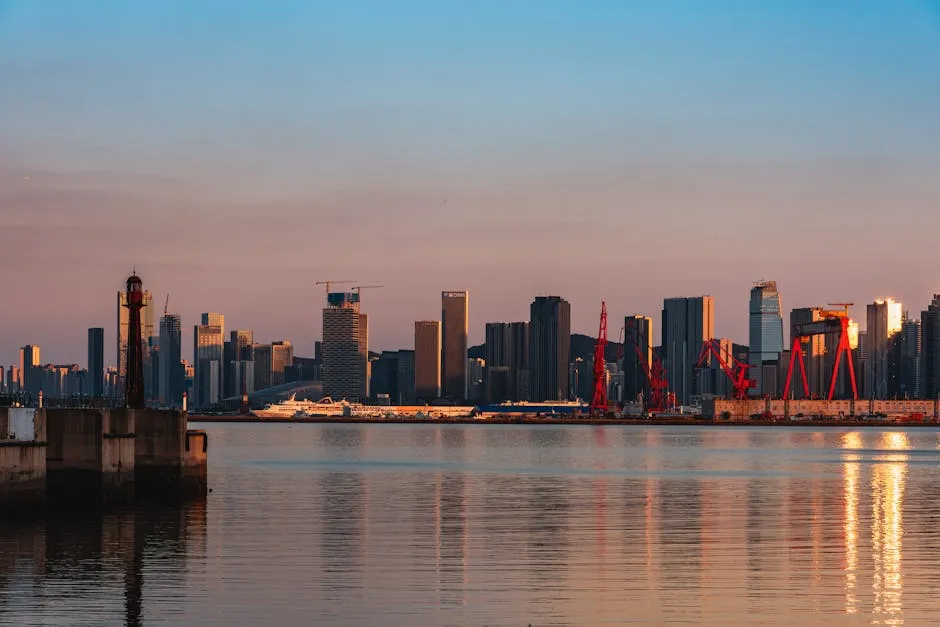
Want to spice up your cooking? Grab a Cajun seasoning set that will add some zesty flavors to your home-cooked meals!
When we examine employment by race, disparities become even more apparent. Employment rates for White men and women have improved steadily since 1980. However, for Black men, the rate has declined, dropping to 58% from 63%. Black women have seen improvements, yet the gender and racial wage gaps persist. Such statistics call attention to the structural barriers that continue to affect employment opportunities for marginalized groups.
Moreover, the city has seen growth in sectors like tourism, healthcare, and energy, which provide substantial employment opportunities. However, many of these jobs are often lower-wage positions, making it challenging for families to achieve economic stability.
In conclusion, while New Orleans showcases a resilient economy with low unemployment rates, the reality of median income and employment disparities highlights ongoing challenges. Addressing these issues will be vital for the city’s future prosperity, ensuring that all residents can thrive in the rich cultural tapestry of New Orleans.

3.2 Education and Economic Mobility
Education is often touted as the great equalizer. In New Orleans, the data tells a compelling story of how educational attainment shapes income and economic mobility.
As of 2023, approximately 45% of adults aged 25 and older in New Orleans hold at least a bachelor’s degree. This figure is significantly higher than the national average of 36%. Yet, there’s a catch! The benefits of education are not evenly distributed across racial lines.
Educational attainment disparities are glaring. About 19% of Black residents lack a high school diploma, compared to only 3% of White residents. Furthermore, 70% of White New Orleanians have a college degree or higher, while only 26% of Black residents can say the same. This educational divide contributes to the income gap, with well-educated individuals often landing higher-paying jobs.

To help improve your cooking skills, consider getting a copy of the Cookbook: “The New Orleans Cookbook”. It’s a fantastic way to learn about the traditional dishes that make this city unique!
The impact of education on economic mobility is evident. Higher levels of education correlate with higher earning potential. In fact, individuals with bachelor’s degrees earn, on average, nearly double what those without a high school diploma make. This stark reality emphasizes the importance of improving access to quality education, especially in underserved communities.
In recent years, New Orleans has made strides in educational reform. Charter schools and various initiatives aim to enhance educational outcomes. However, the disparities persist, and addressing them remains a top priority for the city.
In summary, education is a powerful tool for economic mobility in New Orleans, but the current landscape reveals significant disparities. Fostering equitable access to quality education will be crucial for breaking the cycle of inequality and promoting a brighter future for all residents.
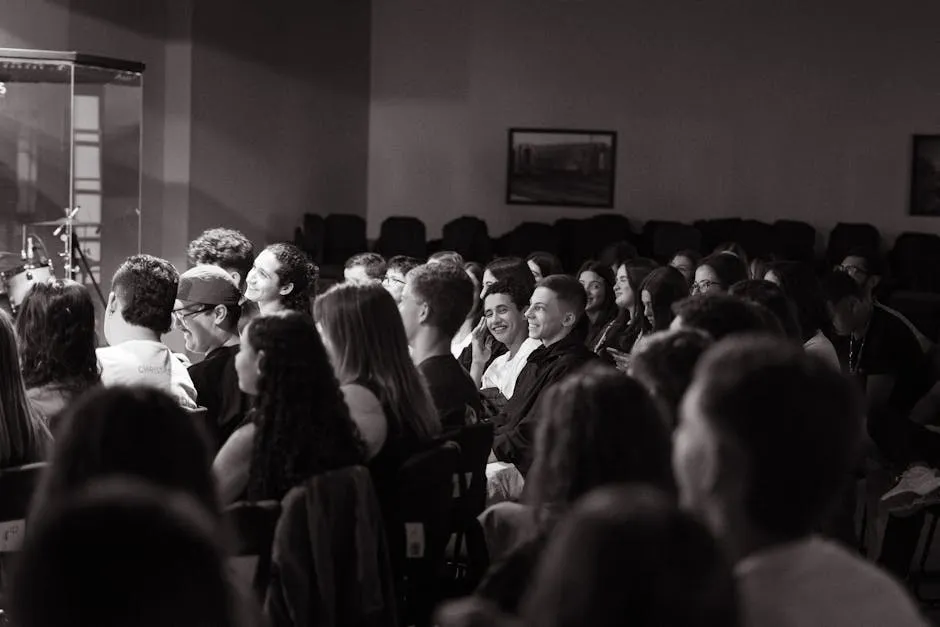
3.3 Poverty and Housing Statistics
Poverty and housing are intertwined issues that significantly affect the fabric of New Orleans. As of 2023, the poverty rate in the city stands at around 23%. While this figure shows improvement from 28% in 1999, it still reflects a significant portion of the population living below the poverty line.
Children bear the brunt of this challenge, with a child poverty rate of 32%. This alarming statistic indicates that nearly one in three children in New Orleans live in poverty. The implications are profound, impacting everything from education to health outcomes and overall well-being.
Housing affordability is another pressing concern. The median gross rent in New Orleans has skyrocketed from $917 in 2004 to $1,203 in 2023, reflecting a 31% increase after adjusting for inflation. In stark contrast, 34% of renters are burdened, spending more than 50% of their income on housing. This leaves little room for other essential expenses, creating a precarious situation for many families.

Homeownership rates have seen a positive trend, increasing from 46% in 2000 to 56% in 2023. However, this still lags behind the metro average of 63%. The disparity is even more pronounced along racial lines, with Black homeownership rates at 50%, compared to 64% for White residents.
Speaking of improving your home, check out this Louisiana hot sauce to spice things up! It’s a staple in many New Orleans kitchens.
Housing costs disproportionately affect marginalized groups, compounding the challenges faced by those already struggling financially. The cycle of poverty is often perpetuated by the lack of affordable housing options, making it difficult for families to break free from economic constraints.
In conclusion, poverty and housing statistics paint a sobering picture of New Orleans. While progress has been made in some areas, significant disparities remain. Addressing the intertwined issues of poverty and housing affordability will be critical for fostering a more equitable and thriving community for all residents.

4. Cultural Significance and Community Life
4.1 Festivals and Events
New Orleans is a festival powerhouse! This city knows how to throw a party, and Mardi Gras is at the top of the list. Each year, millions flock to the streets to witness parades bursting with color, elaborate floats, and vibrant costumes. The festivities kick off weeks before Fat Tuesday, with events that encompass everything from family-friendly celebrations to late-night revelry.
Mardi Gras isn’t just a party; it’s a cultural phenomenon. It’s steeped in history, tracing back to French Catholic traditions, and has evolved into a rich tapestry of diverse influences. The economic impact is staggering. According to estimates, Mardi Gras generates around $1 billion for the local economy. That’s a lot of beads and king cakes!
But Mardi Gras is just the tip of the iceberg. The Jazz & Heritage Festival, held each spring, is another cultural gem. Celebrating the music and culture of New Orleans, it brings together local and international artists. The festival draws in over 450,000 attendees each year, showcasing a wide array of genres, from jazz to gospel.
Speaking of festivals, don’t miss out on Jazz music vinyl records to keep the spirit of New Orleans alive in your home!
These events play a crucial role in attracting tourism. Visitors come from all over the globe to experience the unique culture that New Orleans offers. The vibrancy of these festivals highlights the city’s identity, creating a sense of belonging among locals and leaving a lasting impression on visitors.
In summary, festivals in New Orleans serve as a powerful economic engine and a celebration of culture, identity, and community spirit. They reflect the city’s rich history and contribute significantly to making New Orleans the lively, colorful place we all love.

4.2 Culinary Heritage
When it comes to food, New Orleans is a flavor explosion! The city’s culinary heritage is a delightful blend influenced by Creole and Cajun traditions. Each dish tells a story, reflecting the diverse backgrounds of the people who call this city home.
Let’s start with gumbo—a rich stew packed with meat, seafood, and vegetables, simmered to perfection. This dish embodies the melting pot that is New Orleans cuisine. Then there’s jambalaya, a one-pot wonder that brings together rice, spices, and a medley of proteins. Both dishes are not just meals; they’re a testament to the city’s cultural roots.
Seafood is also a star in this gastronomic journey. Oysters, shrimp, and crawfish are abundant, thanks to the Gulf of Mexico. Dishes like crawfish étouffée and oysters Rockefeller highlight the local bounty and culinary creativity.
Food plays a pivotal role in community identity. Family gatherings often revolve around meals, and the preparation of traditional dishes passes down through generations. This culinary legacy fosters a sense of belonging, as locals share their recipes and stories with pride.
Moreover, the culinary scene significantly boosts tourism. Food lovers from around the world flock to New Orleans to savor its unique flavors. Cooking classes and food tours have become popular, allowing visitors to engage with the culture through its cuisine.

If you’re looking to learn how to make those delicious beignets, consider trying a beignet mix. They’re a delightful treat that is sure to impress!
In short, New Orleans’ culinary heritage is more than just delicious food. It’s a vital part of the city’s culture, history, and community life. This vibrant food scene not only nourishes the body but also connects people, creating lasting memories and a sense of identity.
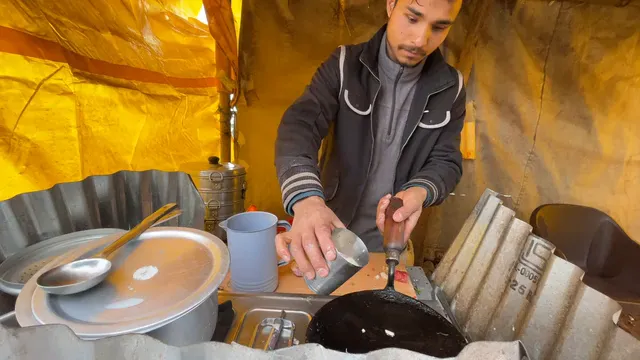
4.3 Music and Arts Scene
If New Orleans has a heartbeat, it’s jazz music! The city is famously known as the birthplace of jazz, a genre that has evolved and flourished here. From the lively streets of the French Quarter to the iconic Preservation Hall, the sound of jazz is everywhere, captivating locals and tourists alike.
Jazz has deep roots in New Orleans, emerging from African American communities in the early 20th century. Today, it continues to evolve, blending with various styles and inspiring countless artists. Local musicians play an essential role in keeping this vibrant tradition alive, performing in bars, festivals, and events across the city.
Speaking of festivals, the New Orleans Jazz & Heritage Festival is a highlight! This annual celebration draws music lovers from all over, showcasing not just jazz but a variety of genres, including blues, R&B, and gospel. With over 400 acts performing, it’s a musical feast that highlights the city’s rich cultural tapestry.
Art also thrives in New Orleans. The city hosts numerous galleries and art markets, where local artists display their creativity. Murals adorn buildings, and street performers bring life to public spaces, making art an integral part of the community.
For those who want to embrace their creative side, check out this local art supply kit for painting. It’s perfect for capturing the beauty of New Orleans on canvas!
In essence, the music and arts scene in New Orleans is vibrant and essential to its identity. Jazz serves as a bridge connecting generations, while local artists contribute to the city’s cultural landscape. This dynamic creative spirit not only attracts visitors but also fosters a sense of pride and belonging among residents.

5. Challenges Facing New Orleans
5.1 Crime and Safety Statistics
Ah, crime in New Orleans—a topic as spicy as gumbo! The city’s crime rate has been a hot-button issue for years. With a reputation for vibrant culture, it also faces significant challenges related to public safety. Recent data highlights trends in both violent and property crimes that are essential for understanding the city’s safety landscape.
Over the past decade, New Orleans has seen fluctuations in crime rates. For instance, violent crime peaked in 2019, with a staggering homicide rate of 40.6 per 100,000 residents. However, 2022 showed a slight decrease, bringing the rate down to around 36 per 100,000. While this is progress, it still places New Orleans among the cities with the highest homicide rates in the nation.
Property crime trends present a mixed bag as well. Burglary and theft rates have also been high, causing residents to lock their doors and maybe even invest in a guard dog or two! In 2021, property crime was reported at 2,300 incidents per 100,000 people, a concerning figure even as it saw some decline in the following year.
But let’s not forget the community! Local organizations and grassroots initiatives have been working tirelessly to tackle crime. Programs aimed at youth engagement and economic development are on the rise. Neighborhood watch groups are popping up like beignets at Café du Monde, fostering a sense of safety and community pride.
One notable effort is the NOLA for Life initiative, which focuses on reducing violence through a comprehensive approach, including community involvement and economic opportunities. These local efforts are crucial, as they address the root causes of crime while helping to build a stronger, safer community.

In conclusion, while the crime statistics may paint a daunting picture, the spirit of New Orleans shines through in its residents’ resilience and determination to create a safer environment. It’s a city where community action and local pride are just as important as the numbers themselves.
5.2 Environmental Challenges
When it comes to environmental challenges, New Orleans is no stranger—just ask anyone who’s ever tried to stay dry during a rainstorm! The city’s unique geography makes it susceptible to climate change and natural disasters, with Hurricane Katrina in 2005 being a prime example of how devastating these challenges can be.
Katrina was a wake-up call for the city, exposing vulnerabilities in flood management systems. The storm caused catastrophic flooding, resulting in over 1,500 fatalities and the displacement of countless residents. Recovery has been a long and arduous road, but the city has made significant strides in improving its infrastructure since then.
Current flood management initiatives aim to ensure that the city is better prepared for future storms. New levees, pumps, and drainage systems have been implemented to mitigate the risks. The investment in these upgrades has been substantial, with billions allocated to create a more resilient New Orleans. The city is also exploring green infrastructure solutions, like rain gardens and permeable pavements, to manage stormwater more effectively.
Moreover, sustainability initiatives are gaining traction. The city is working towards reducing its carbon footprint, promoting renewable energy sources, and encouraging public transportation. With a focus on environmental justice, efforts aim to ensure that all communities, particularly those historically marginalized, receive equal protection and resources.

If you’re looking for a way to jot down your travel experiences, consider a travel journal for New Orleans. It’s a beautiful way to capture your memories in this iconic city!
In summary, New Orleans faces significant environmental challenges, yet the city’s response showcases its resilience. From major infrastructure improvements to community engagement in sustainability efforts, the spirit of New Orleans continues to shine brightly, proving that even in the face of adversity, this city is committed to building a greener, safer future.
FAQs
What is the population of New Orleans?
As of 2023, New Orleans has an estimated population of approximately 364,136 residents, reflecting a slight decline since the 2020 Census.
What are the major industries in New Orleans?
New Orleans’ economy thrives on tourism, healthcare, energy, and maritime industries, with tourism being a significant contributor to its GDP.
How has the racial composition changed over the years?
In recent years, the racial makeup of New Orleans has shifted, with the Black population decreasing from 67% in 2000 to 56% in 2023, while the Hispanic population has grown.
What are the current challenges facing New Orleans?
Challenges include high crime rates, environmental vulnerabilities, and economic disparities, particularly across racial lines.
What is the significance of Mardi Gras in the city?
Mardi Gras is a cultural hallmark of New Orleans, attracting millions annually and serving as a celebration of the city’s rich heritage and community spirit.
Please let us know what you think about our content by leaving a comment down below!
Thank you for reading till here 🙂
For a deeper understanding of the data behind these insights, check out an introduction to statistical learning with python book length.
To explore more about the employment landscape, you can read about clay county employment statistics.
For insights on public safety, consider reviewing the fremont crime statistics which provide a comprehensive analysis.
All images from Pexels

